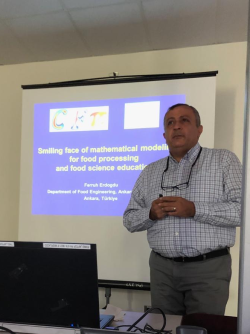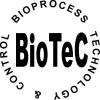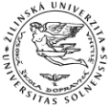COVID-19 notice for FOODSIM'2020 - Conference postponed to September 6-10, 2020
Keynotes
Food Process Simulation: Developing Community Resources for Manufacturing, Education and Research
Abstract
Food products and processes are very large in number. Developing a framework for their simulation is important for computer-aided engineering that can speed up food product, process and equipment design by enabling mechanistic understanding and speeding up of optimization. One such framework considers evolution of a food product during processing in terms of multicomponent and multiphase transport, together with evaporation in a solid or semi-solid (homogenized) porous medium that is also deformable/swellable. This framework has been successful in modeling many important processes, including drying that incorporates case hardening, rehydration, baking, frying, puffing, meat cooking, microwave heating, microwave puffing and freeze drying. The framework can be extended naturally to quality (e.g., color) and safety (microbiological and chemical). Computational and other challenges against universal use of this framework also will be presented. Progress in developing community resources in three areas will be shared-1) user-friendly simulation modules for industry and classroom use; 2) a food physical properties database; and 3) a video database for annotated videos of transformations in food during processing. We hope to have an open discussion of the best approaches to meet the community needs for such resources.
Short Biography
Ashim Datta is a Professor in the Department of Biological and Environmental Engineering. He is interested in the physics of food processes; in particular, how increased efficiency and competitiveness in food production, processing, and equipment design can be obtained from physics-based models of food quality and safety.










